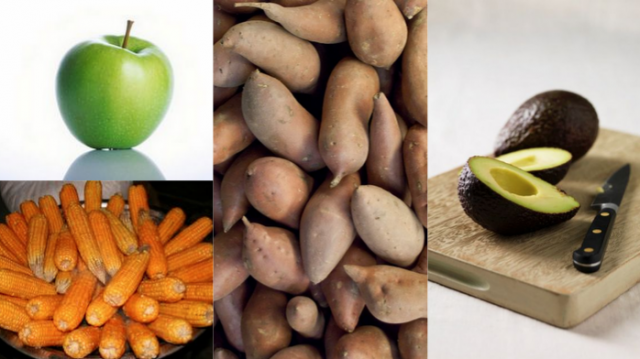
You don’t have to become a tree-hugging hippie to develop the habit of eating healthy and pesticide-free. You just need a little know how in improving the food that you eat by buying organic whenever possible. Some of the benefits of adopting an organic-food based diet include increased nutritional value, fertility health, immune system protection, and protection against unknown genetically modified organisms (GMOs).
We’re all aware that eating organic is a way to take charge of our health as well as the health of our family but how often are your purchasing decisions based on the size of your budget? When you don’t want to compromise on your health but could use healthy options that don’t break the bank visiting your local Farmer’s Market, community food co-op or even a local Trader Joe’s offer the best produce for lowest costs.
To stretch your dollar a little further there’s a trick to shopping the aisle for organic food: You don’t have to buy everything organic. The Environmental Working Group, a non-profit research organization, released their annual “Dirty Dozen” and “Clean 15” lists of fruits and veggies ranked in order by the level of pesticide contamination examining the pesticide loads of 45 common fruits and vegetables.
These helpful guides guide you on how to shop organic and which top produce items are the most and least contaminated by pesticides and other potentially hazardous chemicals. Available as a smartphone app as well as a print out, you’ll want to take this guide along with you to the grocery store for easy reference.
Take a look at the top 15 foods you don’t have to buy organic as they contain the lowest levels of pesticides:



